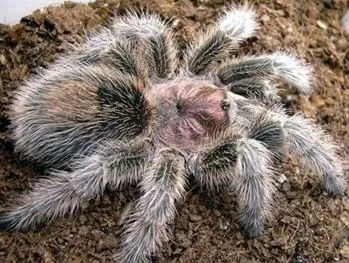The rose hair tarantula (Grammostola rosea) is a popular pet due to its docile nature and striking appearance. However, like all tarantulas, they possess unique defense mechanisms, one of the most interesting being urticating hairs. These hairs are a key part of the tarantula’s defense strategy and understanding them is crucial for any rose hair tarantula owner or enthusiast. This article will explore the fascinating world of urticating hairs, providing you with the top 5 facts you need to know about this fascinating feature of the rose hair tarantula.
What are Urticating Hairs
Urticating hairs are specialized, barbed hairs found on the abdomen of many New World tarantula species, including the rose hair tarantula. They are not like the hairs found on mammals; instead, they are designed to be irritating and cause discomfort upon contact. These hairs are a primary defense mechanism against predators. The term “urticating” comes from the Latin word “urtica,” meaning nettle, reflecting their ability to cause a stinging sensation. The hairs are typically microscopic and can become airborne, making them a subtle but effective defense tool. When threatened, the tarantula flicks these hairs towards the perceived threat, embedding them in the skin or mucous membranes of the aggressor.
How Rose Hair Tarantulas Use Urticating Hairs
Defense Mechanism
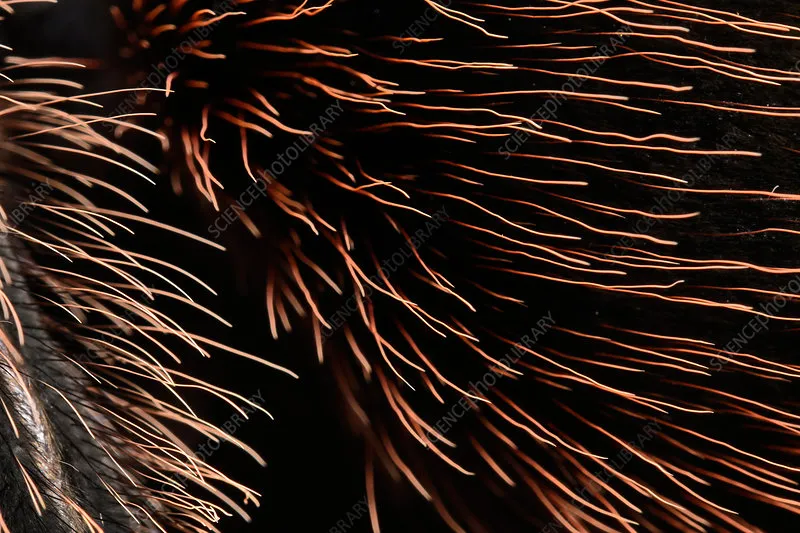
The primary function of urticating hairs is defense. Rose hair tarantulas, being relatively docile, might not resort to biting as a first line of defense. Instead, they flick these hairs, usually from their abdomen, towards anything they perceive as a threat. This could be a predator in the wild or, in captivity, a curious hand or an unwanted disturbance. The hairs embed themselves in the skin or mucous membranes, causing intense itching and irritation. This can deter predators and allow the tarantula to escape.
Irritation
The irritation caused by urticating hairs varies depending on the individual’s sensitivity and the amount of contact. For humans, the irritation can range from mild itching and redness to more severe reactions, including skin rashes and respiratory issues if inhaled. The hairs act as tiny, irritating needles, causing mechanical and sometimes, allergic reactions. The discomfort can last for several days or even weeks, emphasizing the importance of handling tarantulas with care and avoiding unnecessary contact.
Urticating Hairs on the Abdomen
The location of urticating hairs is a key element of their function. Rose hair tarantulas, and other species, have these hairs located on their abdomen. They will often rub their hind legs against their abdomen to dislodge the hairs and flick them. This action allows them to target a potential threat accurately. During molting, the tarantula sheds its exoskeleton, including the urticating hairs. The new hairs develop with each molt, ensuring a continuous supply of this defense mechanism. This also means, handling a molting tarantula requires extra care, as the new hairs might be more potent.
How to Handle a Rose Hair Tarantula
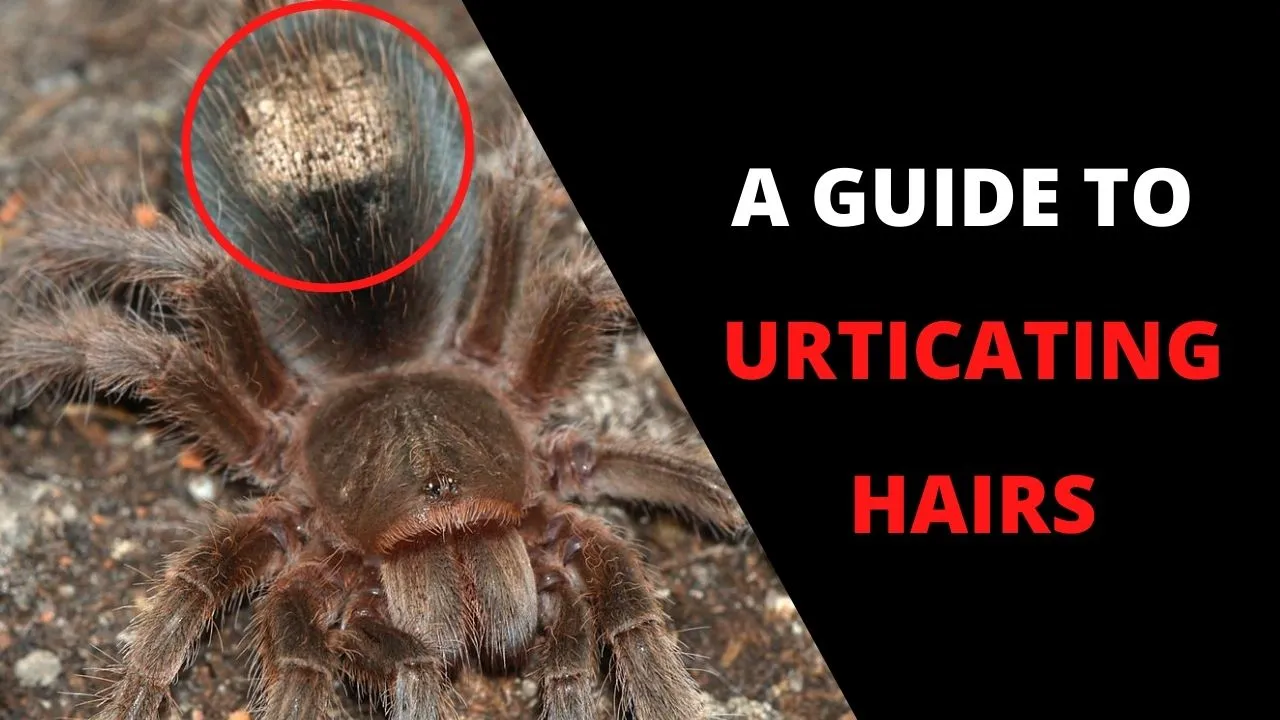
Proper Handling Techniques
Handling a rose hair tarantula should be done with caution and only when necessary. If you must handle your tarantula, do so over a soft surface, like a bed or a carpet, to minimize the risk if it falls. Gentle encouragement, rather than grabbing, is key. It is generally advised that handling should be kept to a minimum to reduce stress on the tarantula and the risk of exposure to urticating hairs. Always wash your hands thoroughly before and after handling your tarantula to reduce the chance of contamination.
Avoiding Contact
The best way to avoid the effects of urticating hairs is to avoid direct contact with the tarantula’s abdomen. Observe your tarantula from a distance, appreciate its beauty, and only handle it when you absolutely need to, such as for enclosure maintenance or health checks. When cleaning the enclosure, be careful to avoid disturbing the tarantula unnecessarily. Use tools like long tongs to remove debris or replace food and water to maintain a safe distance.
What to Do if Exposed
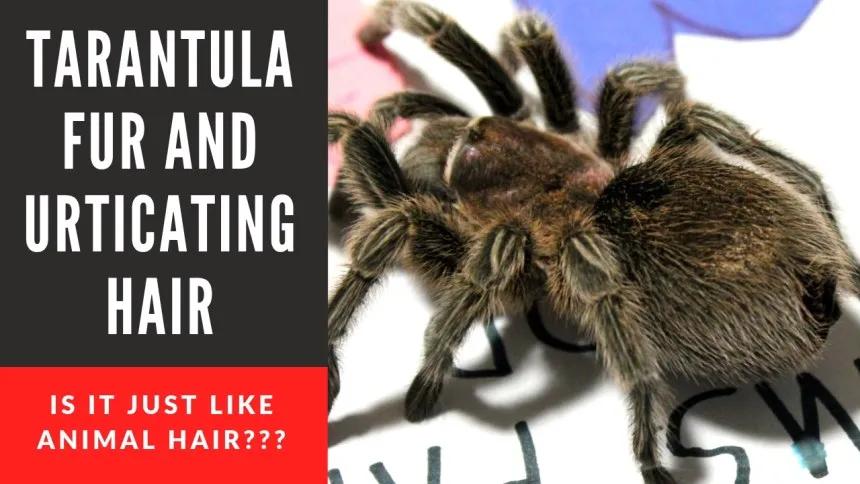
Symptoms of Exposure
Symptoms of exposure to urticating hairs can include itching, redness, and a burning sensation on the skin. If the hairs get into the eyes or are inhaled, it can cause more severe reactions, such as eye irritation, swelling, and respiratory distress. If you experience these symptoms, it’s important to take appropriate action. Also, be aware of the potential for allergic reactions, which can manifest with hives, swelling, or difficulty breathing. In severe cases, immediate medical attention is required.
Treatment
If you come into contact with urticating hairs, the first step is to remove them. Use tape, such as packing tape, to gently lift the hairs from the affected area. Do not rub, as this can spread the hairs. Wash the area thoroughly with soap and water. Applying hydrocortisone cream or an antihistamine can help to alleviate itching and reduce inflammation. For eye irritation, flush the eyes with plenty of water. Seek medical advice if symptoms persist or worsen, especially if respiratory issues develop.
Preventative Measures
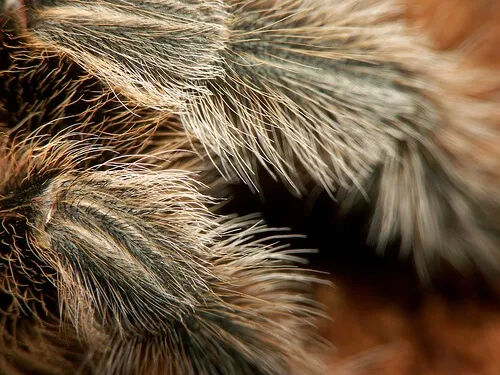
Enclosure Setup
A well-designed enclosure is essential for both the tarantula’s well-being and your safety. The enclosure should be large enough for the tarantula to move around comfortably and have proper ventilation. Use a secure lid to prevent escape. Substrate like coco fiber or peat moss should be deep enough for the tarantula to burrow, which provides a sense of security and reduces stress. Regularly clean the enclosure and remove any waste to maintain a healthy environment, reducing the need for handling.
Environmental Control
Maintaining the correct temperature and humidity levels is crucial for the rose hair tarantula’s health. Use a thermometer and hygrometer to monitor the environment. Provide a water dish with fresh water at all times. Avoid sudden changes in temperature or humidity, which can stress the tarantula and potentially lead to defensive behavior. Proper environmental conditions also contribute to the tarantula’s overall well-being, making it less likely to be defensive.
Conclusion

Urticating hairs are a fascinating aspect of the rose hair tarantula’s biology. Understanding their function and how to prevent or manage exposure is critical for responsible tarantula ownership. By following these guidelines, you can enjoy the beauty of your rose hair tarantula while minimizing the risks associated with their defense mechanisms. Remember that a healthy and well-cared-for tarantula is less likely to feel the need to use its urticating hairs, ensuring a harmonious and safe experience for both you and your pet. Always prioritize your safety and the tarantula’s well-being.
